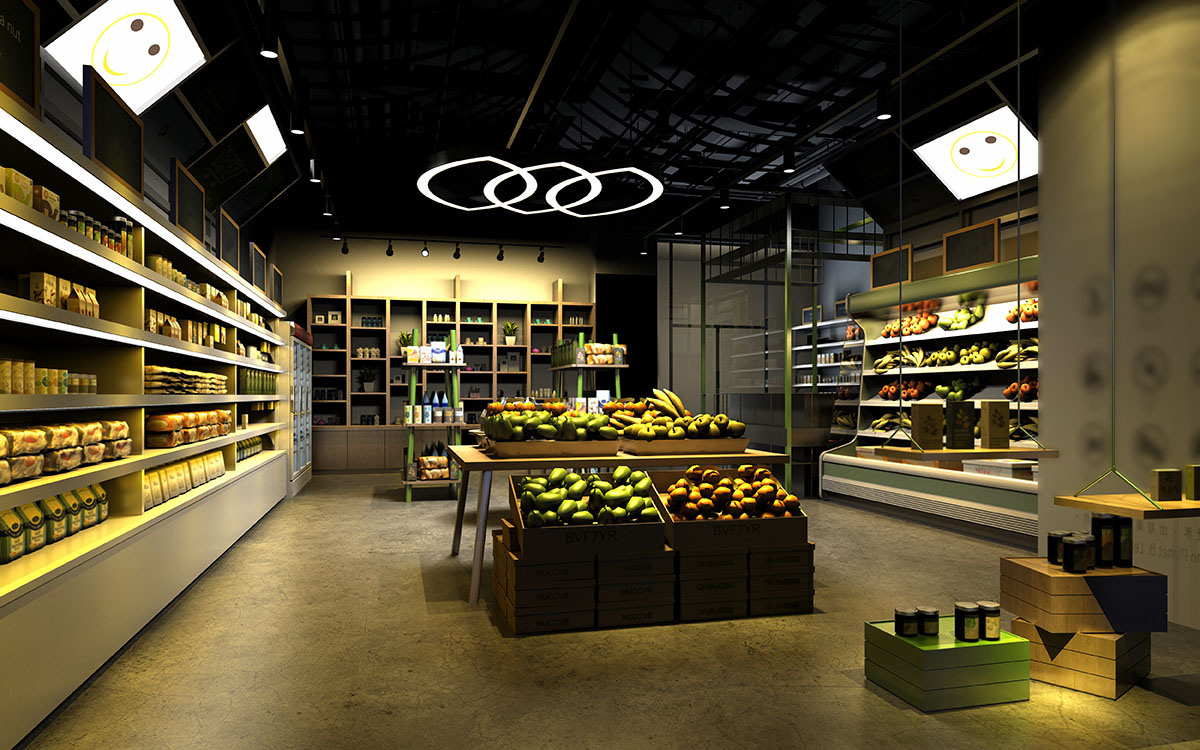how your smartphone is eliminating the checkout line

Back before electricity was common, numerous men patrolled the streets at night, lighting large gas lamps. In the mornings, men with long poles went around to paying customers’ houses and knocking on their windows to wake them up. By the 1920s, neither profession would viably exist, and today they’re footnotes in history books. Electrical grids, batteries, and timers turn on street lights at night, and all of us have something with a built-in alarm. But imagine if people refused to allow their cities to install electric lights and threw out alarm clocks, paying “knocker-uppers” to make sure they got in up in time to get ready for work.
Right now, there’s a functionally similar movement in Canada to save cashiers by refusing to use self-checkouts and insisting on waiting in line no matter what to hopefully force stores to hire more people to run registers. Having started my working life as a supermarket cashier myself, a few years before the first actually useful, somewhat user-friendly self-checkouts appeared in stores, I’m sympathetic to the plight of the profession. But as the article astutely notes, thanks to the proliferation of cheap RFID chips, smartphone apps, and mobile payment systems, check out lines are soon going to add more friction to shopping than play a vital role.
how do you buy things without a cashier?
It will just be easier to pick out our items, leave a store, and let the RFID chips register which items you picked up as you walk past the entry/exit sensors, then bill your account through a smartphone app. Picked up something you didn’t want? Take it back in its original packaging with the chip and get your account refunded. No need to wait in line, no need for price checks, just take what you need and go. As big box stores and Amazon illustrate, people will choose personal convenience over saving jobs pretty much every time, and self-checkout holdouts might not have a choice for long as cashiers are eliminated entirely.
We already have the technology to do all this and are in the final stages of testing it. Aside from arranging sensors to ensure accurate detection of what items the customer took, the code is almost trivial. Sign in the customer on entry when they scan a QR code displayed by an app on their phones, pick up the products unique codes, retrieve their prices from a database, add up the total and taxes, deduct from the preferred card using a standard payment API, and update your inventory. The actual logistics of ordering stock and ensuring it gets to the right shelves already exist, the trick is to make sure all products have some sort ID chip.
if we have the technology, why isn’t it more common?
The only reason we’re currently not doing this everywhere is that it will require an extensive and expensive retrofit of existing supermarkets, installing sensors and chips in tens of thousands of packages. Some items like greeting cards and some types of fresh foods may also need slightly different ways of being identified on a customer’s way out the door, but those are the exception to the rule. But considering the subsequent cost savings and customer satisfaction, more and more chains are trying to move towards this, even if they’re only experimenting in one or two stores today. Eventually, the future of retail will be checkoutless.
Of course, there will always be jobs for humans in retail. Stocking, security, customer service for troubleshooting, in case customers can’t find something, or need to return or exchange an item, those jobs will still be around for a very long time because they entail handling one off situations that machines can’t. Yet try as they might, Canadian self-checkout resisters aren’t helping any cashiers keep their jobs, especially considering that cashiers usually troubleshoot these kiosks and verify age-restricted purchases. They’re not even prolonging the inevitable. As soon as a chain can afford to use technology similar to Amazon’s experimental stores, they will. It would make absolutely no sense for them not to.





